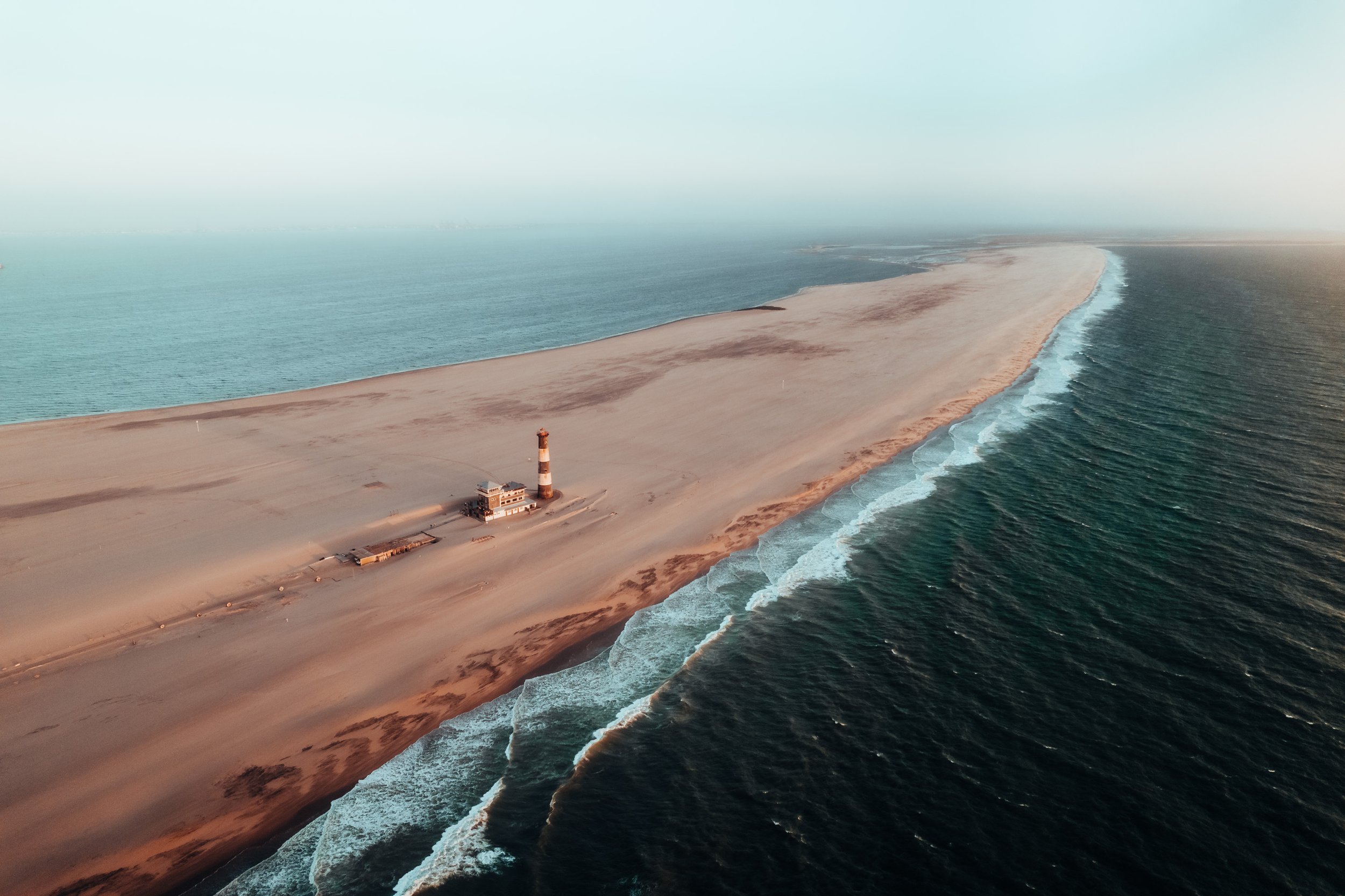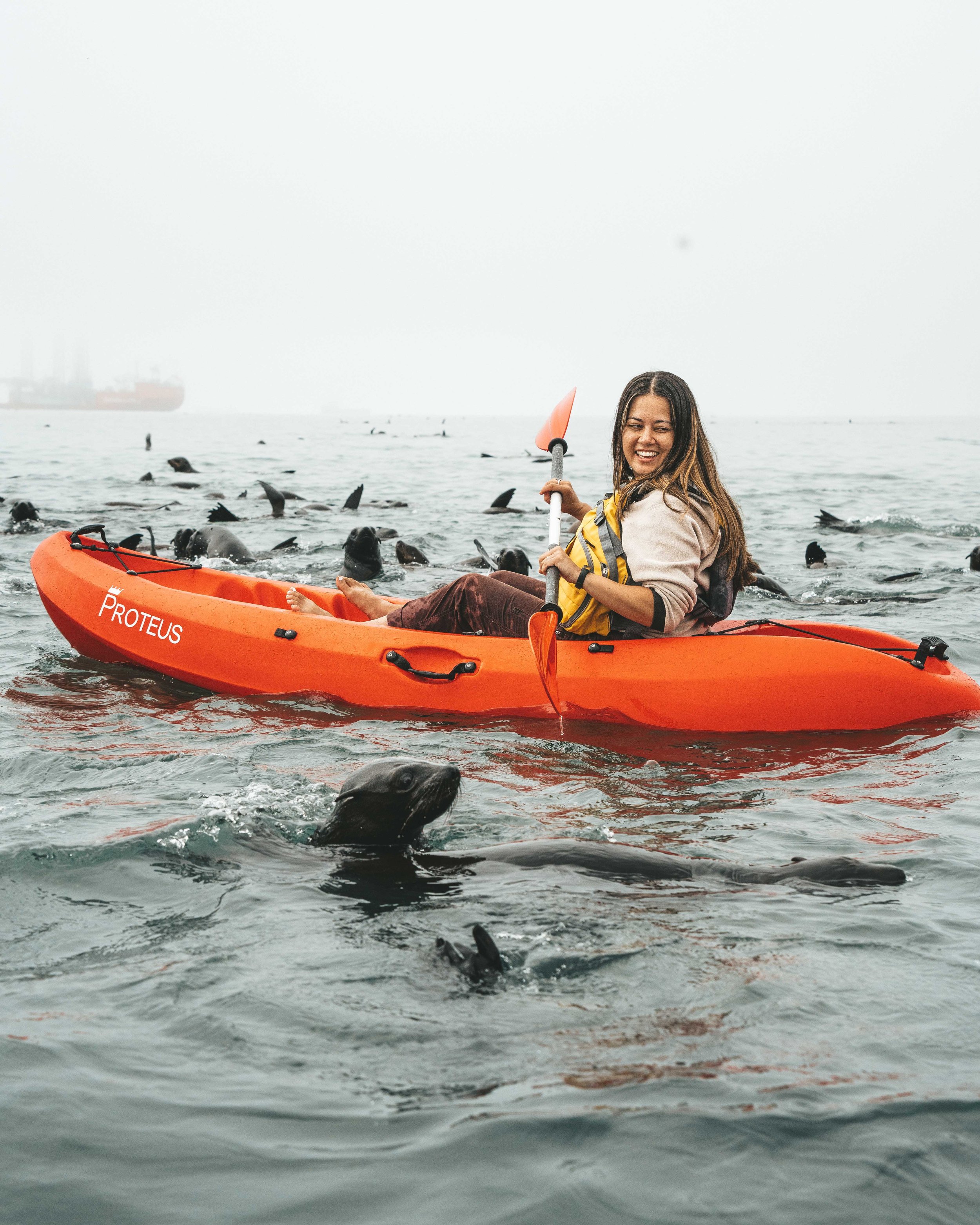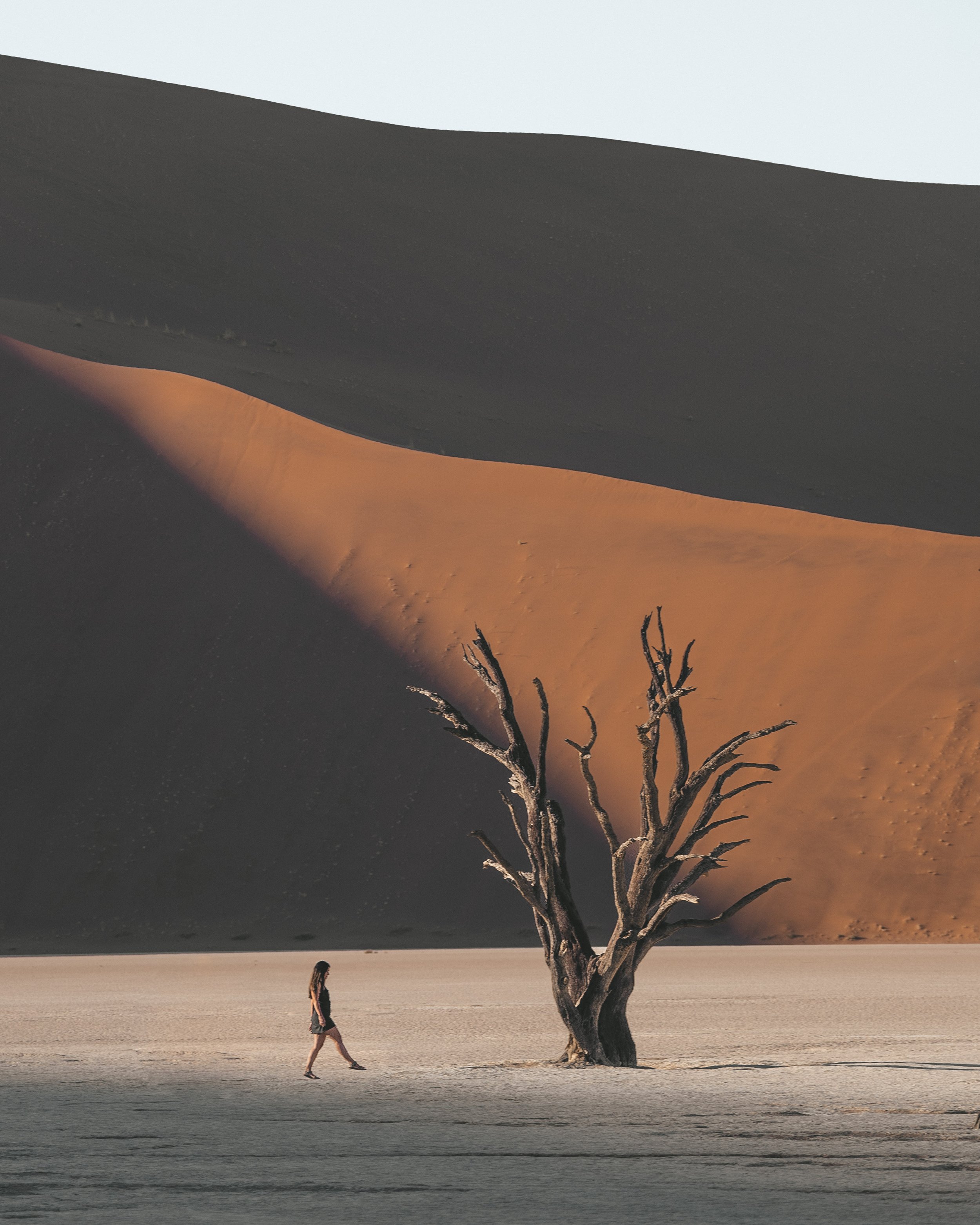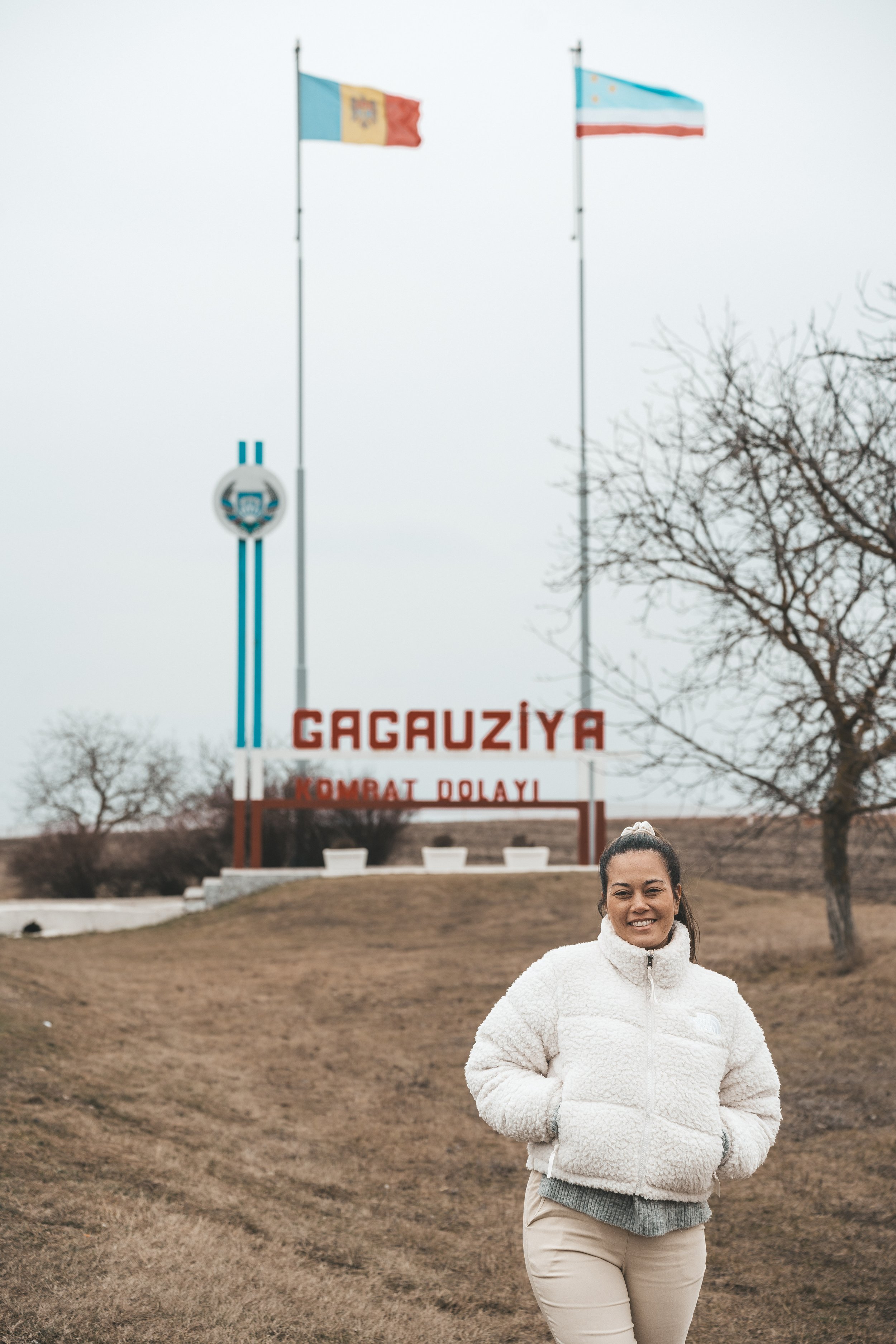MALAWI
Lake Malawi, also known as Lake Nyasa, is a breathtaking freshwater lake located in East Africa. It is the third largest lake on the continent and is renowned for its crystal-clear waters, scenic shorelines, and remarkable diversity of fish species. The lake is a UNESCO World Heritage Site and offers visitors a serene setting for water-based activities such as snorkeling, diving, and kayaking. Surrounding the lake, vibrant local communities provide a rich cultural experience, while the diverse flora and fauna contribute to the area's ecological significance. From its stunning vistas to its ecological importance, Lake Malawi continues to captivate and inspire all who encounter its natural beauty.
WHAT PART OF LAKE MALAWI SHOULD I VISIT?
This was probably the biggest question I had when I was planning my trip to Malawi. Lake Malawi was the main place I wanted to visit, but it’s so big that I didn’t know what was the best area to visit. I’ll be breaking down all the main areas of Lake Malawi into an easy guide here. Things move very slowly here, so don’t expect to get anywhere fast!
Northern Malawi
Being the furthest north from the main cities of Blantyre and Lilongwe, northern Lake Malawi doesn’t see as much action as maybe the southern areas, but that doesn’t mean you shouldn’t visit!
KANDE: This is a pretty quiet beach if you’re looking for someplace to just relax.
NKHATA BAY: Known to be a fishing village, this is a great backpacker town where you can base yourself and do day trips.
CHITIMBA: If you’re overlanding from Tanzania or Zambia, this is a great start or end option since it’s located in the far north.
Where to stay in Northern Malawi
SOUL REBEL LODGE & BACKPACKERS: A budget friendly option located right on the lake in Nkhata Bay
BUTTERFLY SPACE ECO-LODGE: A beautiful beachfront stay and offers activities like yoga or kayaking, and even an airport transfer.
SEARCH | Alternatively, check out Booking.com for more options in the area.
CENTRAL MALAWI
Being closer to Lilongwe, this is a good option if you don’t have a lot of time to spend going all the way around the lake.
NKHOTAKOTA: A port town in central Malawi, don’t miss the Nkhotakota wildlife reserve, elephants, Mawira hot springs, Mwaya Beach, and the Chia Lagoon nearby.
LIKOMA & CHISUMULU ISLANDS: These are home to Malawi’s most luxurious lodges and can only be accessed by air or ferry from Chilumba.
SOUTHERN MALAWI
If I had to pick one part of Malawi to visit, this would be it! It’s very accessible compared to other parts of Malawi, but definitely a slower pace of life making it perfect to relax. If you’re planning on taking public transport I highly recommend setting aside a full day to get here or return since things are very slow.
CAPE MACLEAR: It’s the perfect jumping point to Domwe Island or Mumbo Island, which is actually where I stayed.
MONKEY BAY: Just south of Cape Maclear, Monkey Bay has a similar vibe. Enjoy the beaches, kayak, or explore the islands off the coast.
LILONDWE NATIONAL PARK: This is Malawi’s most popular national park and is just north of Blantyre. Try a riverboat safari, canoe safari, or a 4WD safari.
Where to stay southern malawi
THUMBI VIEW LODGE: So in Cape Maclear I originally stayed at Tranquilo Resort; I was actually between choosing Tranquilo versus Thumbi since they had similar pricing at the time, but ended up going with Tranquilo since the pictures online looked so much better. I have never felt more deceived by a booking description and I was so disappointed — the wifi didn’t work, the AC didn’t work, and it looked super desolate. The pool was drained, everything was falling apart, and no one else was staying there. I actually ended up walking by Thumbi and was in shock how beautiful the property was; it didn’t look anything like the pictures. Anyways, long story short, I hope this saves any other potential on-lookers if you’re deciding where to stay in Cape Maclear.
NORMAN CARR COTTAGE: Located in Monkey Bay, this is also a highly rated beachfront property.
SEARCH | Alternatively, check out Booking.com for more options in the area.
HOW TO GET AROUND MALAWI
bus
The main bus you can take around Malawi is AXA Coach Services, but Malawi is connected to the cities by mini bus as well. The hotels will insist on hiring a driver or taking their airport transfer, but insist you want to take the mini bus and they’ll tell you what stop to catch it.
ferry
There is the Ilala Ferry, but it’s quite slow and only goes once a week in each direction. It runs between Chilumba and Monkey Bay. You can check the timetables here.
car
Many hotels will offer airport transfers that will run around $175 each way, which is crazy expensive. If you’re with a group of people it’s worth it, but being a solo traveler like myself it was too much. I’ve heard of people renting cars, but personally after seeing the dirt roads to Cape Maclear and Monkey Bay I would advise against it unless you really know what you’re doing.









































